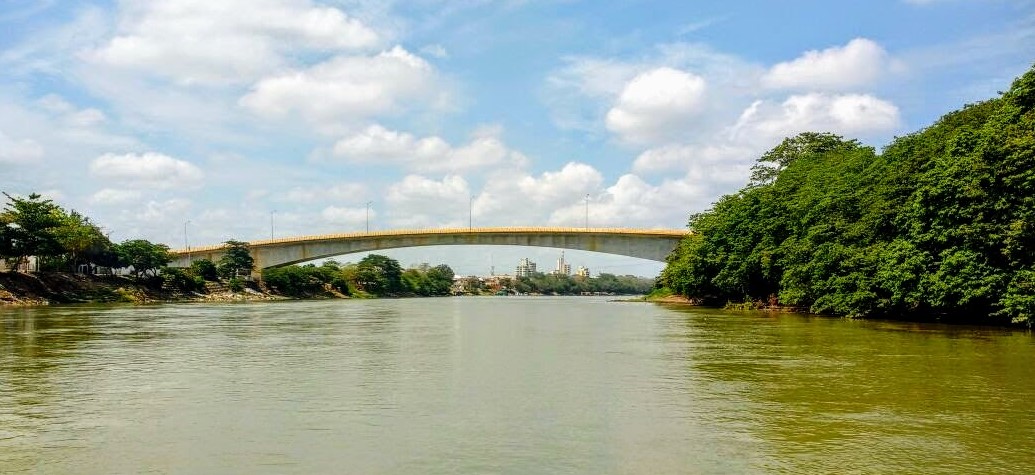
City
Montería
Main actors
City Government, Supranational / Intergovernmental Institutions, Private Sector
Project area
Whole City/Administrative Region
Duration
Ongoing since 2010
An ambitious and comprehensive climate mitigation and adaptation strategy
In 2011, soon after signing on to the Mexico City Pact during the World Mayors Summit on Climate, the city of Monteria in Colombia published its climate change master plan: Monteria Green City 2019. The plan was developed through a public-private partnership between the city hall and Proactiva, the company in charge of the water and sanitation services in the city. It established a set of indicators to measure the progress of the city in terms of emissions reduction and adaptation measures and identified 15 challenges and 26 actions to guide the city’s climate mitigation and adaptation strategy.
The plan gathered key information about the city, which became the foundation for the development and implementation of different plans and projects that have given the city growing recognition as a pioneer in environmental and climate action in the country. This commitment has helped the city to raise awareness about climate change among its citizens, to mitigate its impact, and to adapt the territory of the city while delivering substantial short- and long-term benefits to the welfare of its residents.
This case study was contributed from the UCLG Learning Team.
Peer Learning Note #26: Climate Resilience and Urban Development
External links / documents
On Map
The Map will be displayed after accepting cookie policy


